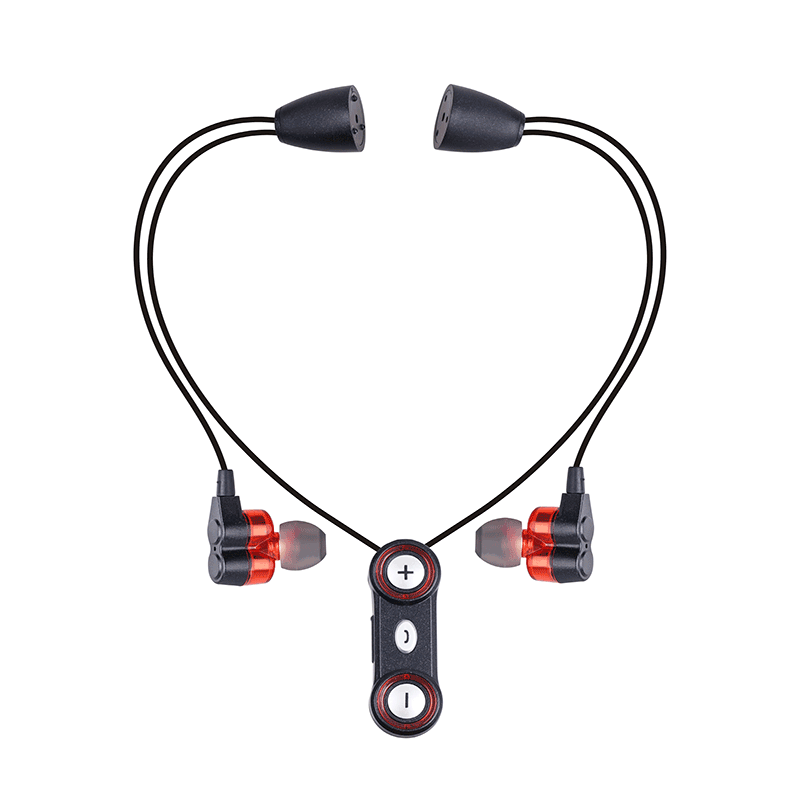The so-called "LED lighting engine" refers to a combination of an LED module and an associated controller (ie, LED driver). The Zhaga specification will set standards for interfaces that allow products manufactured by various manufacturers to be interchangeable, but do not regulate LED technology inside the lighting engine. At present, the Zhaga standard covers the physical dimensions and brightness, electrical and heat transfer characteristics of LED lighting engines, and standards for light dimming are also being developed.
As the first industry cooperation alliance organization to propose and develop LED lighting (light engine) interface specifications, the Zhaga Alliance was established in February 2010. Zhaga has grown into the most influential LED Alliance Association and currently has more than 200 members, including international giants such as Philips, Osram, GM, Samsung, UL and LG.
Zhaga aims to achieve compatibility and interchangeability of light engines through standardization, and accelerate the wide application of LED technology. Through the standardization of the interface of light engines, global manufacturers can develop products with common specifications, eliminating the need for different countries, Manufacturers design products with different joint standards, prevent incompatible products from market differentiation, and provide a stable design platform for lighting manufacturers to reduce the development cost of light source applications. The rapid development of Zhaga shows the high acceptance of Zhaga interface specifications by leading LED lighting manufacturers.
Since the Zhaga specification has benefited consumers and professional buyers in the light engine and lighting market, it is necessary for related companies in the LED industry chain to consider it as an important consideration in product design and manufacturing, both in the international market and in the domestic market.
Zhaga Logo usage and testing requirements
For the time being, the Zhaga standard covers the physical, optical, electrical and thermal properties of LED engines:
1. Mechanical Interface: LED engine (including lamp holders, etc.) physical characteristics, including size and other data 2. Photometrical Interface LED optical engine optical characteristics, such as light output, color temperature, light distribution, etc. 3. Thermal Interface: thermal characteristics, such as Heat and heat dissipation performance 4. Electrical Interface: Electrical properties such as insulation and controllability

Zhaga will pass tests to verify that the LED light engine meets the Zhaga specification and that the auxiliary components meet the Zhga specification. At the same time, Zhaga's tests must be tested in a third-party laboratory licensed by Zhaga. Only products that pass the test and meet the Zhaga standard can use Zhaga's logo and Zhaga on the product and packaging.
UL became one of the first Zhaga-authorized test labs
As a key member of the Zhaga Industry Alliance, UL has long been involved in the development of this standard and related product testing procedures, and is now one of the first Zhaga-authorized testing laboratories to provide Zhaga testing services to the lighting industry. Together with UL's LTL, RTP, UL Europe, and UL Guangzhou Nansha LED Labs, UL is one of the most comprehensive and tested LED testers in the world.
In addition to providing the latest Zhaga testing services to luminaire lighting manufacturers, UL also provides testing services for other professional service lighting products, such as ENERGY STAR® certification, energy efficiency testing, and optoelectronic performance testing (LM-79/80/ 82, etc.) and safety testing (according to US, Canadian and IEC standards).

Neck bluetooth headset - a bluetooth headset with headphone cables or accessories running from the neck to the ear when wearing. It is a product developed in recent years.
Born: in order to solve the boring when running or control the exercise rhythm, many people choose to listen to music,however, experienced people all know that because of the swing in the process of exercise, the earphones are easy to fall off, which makes it difficult to run coherently and constantly ,under this circumstance, the bluetooth neckband headphones was designed.
Features:
1: There is no restrained from headphone cables.
2: In line with the development trend of headphones: From the perspective of the development trend of consumer headphones, bluetooth neckband headphones should be regarded as the general trend. Whether it is sports headset or head-worn headset, many manufacturers are vigorously developing bluetooth headset to occupy the market.
3: Not affected by audio interface
More and more flagship mobile phones are also trying to cancel the audio interface, which is the important reason for the generation of bluetooth neckband headset. As long as the device that supports bluetooth music play is ok, the audio interface will not be considered.
4: No burden when running
Sports neck hanging bluetooth headset is light and easy to wear, more convenient and fast storage, no knot, more relaxed entertainment sports, let you run zero burden.
5: Waterproof and sweat-proof are very important
When exercising, people will sweat a lot, which may cause some damage to the ears. The bluetooth neckband headphones adopts the IPX5 waterproof design, which is more suitable for sports scenes. Especially in summer, when sweat is easy to happen, it is necessary to use the bluetooth neckband headphones.

Wireless Headphone,Bluetooth Headphones Wireless,Bluetooth Headphone Neckband,Neckband Bluetooth Headphones
Shenzhen Linx Technology Co., Ltd. , https://www.linxheadphone.com